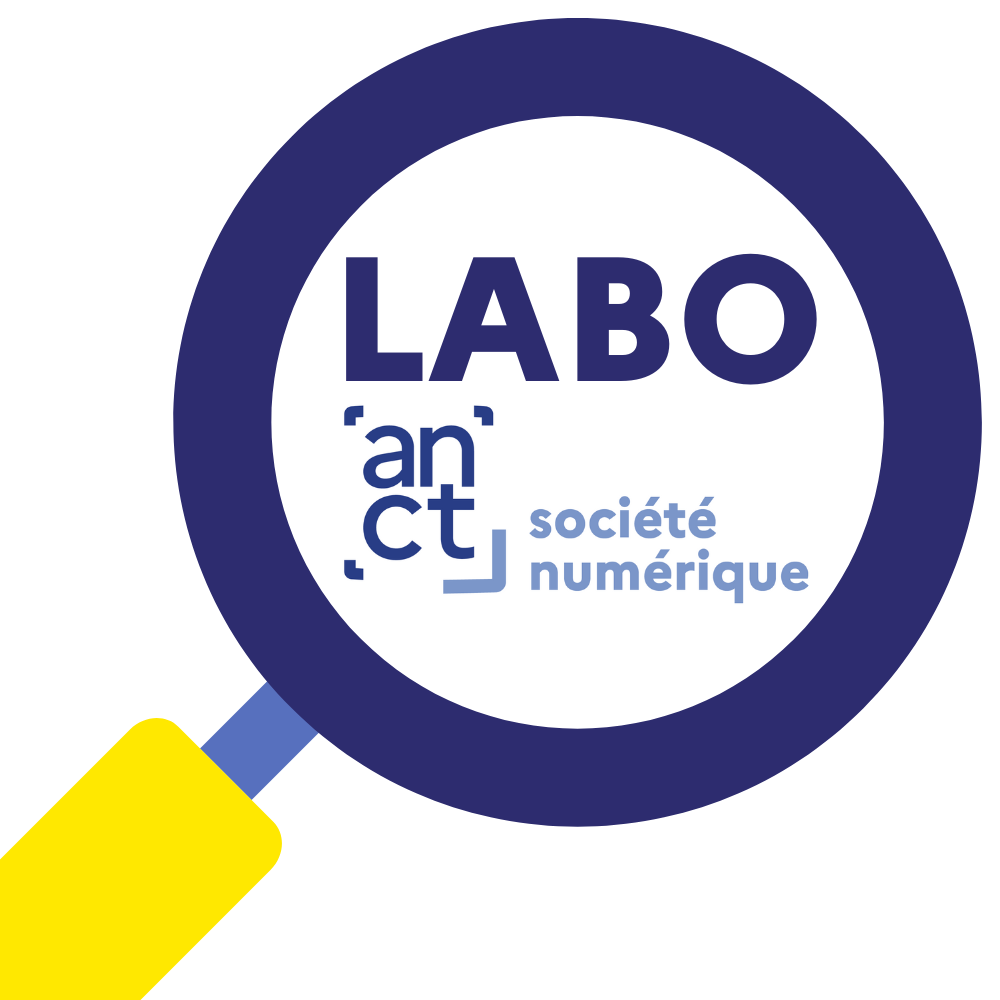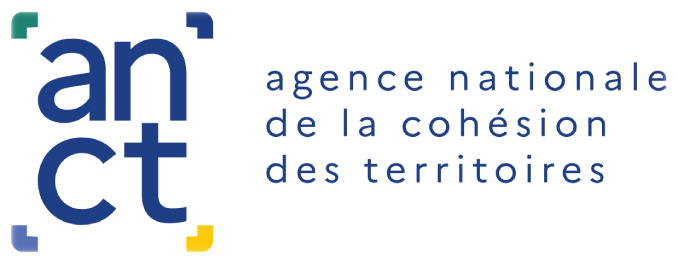More and more French people want to act for others and make themselves useful. Some do it in an organized way (political, religious, union, municipal...), others in an informal way, as for example in their neighborhood, others, finally, in the framework of one or several associations.
According to a survey commissioned by France Bénévolat and conducted by IFOP, 25% of French people gave time to an association in 2016 (23% in 2010 and 24.6% in 2013). This proportion, which is increasing, varies from 21% among the under 35s to 35% among the over 65s, and from 27% among men to 23% among women. It varies widely according to the level of education, from less than 20% among those with little or no education, to more than 30% among those with a higher education degree.
Beyond this base of one in 4 French people, the report "La France bénévole 2018, Franchir le pas mise en relation", prepared by Recherches & Solidarités, wonders about "the passage to the act of about 15 million French people potentially volunteering" ...
- People who have already given time to an association: 15% of the French), who have stopped doing so and who could start again.
- People who already give time outside of the association (14%), proving their interest in others
- People who have never given time for free before and who may one day take the plunge
750,000 visitors per year on tousbenevoles.org
Tous bénévoles is one of the leading associations for volunteerism in France, recognized for its innovative and effective tools.With more than 750,000 visitors per year to its websites(tousbenevoles.org,jeunebenevole.org) and its mobile application (Benevol'app), it enables thousands of volunteers looking for an assignment in France to find the one that corresponds to their wishes and their availability. It has developed a specific website for young people, jeunebenevole.org, which offers them, in addition to adapted missions, information, advice and testimonies on volunteering. Tous Bénévoles assists its member associations in their search for volunteers and gives them access to nearly 20,000 volunteer profiles. Through its recent partnership with Linkedin, it promotes their volunteer opportunities to a targeted audience.
A survey of 1,157 users of its site has enabled us to draw up a portrait of them and to better understand their background and expectations.
- 74% of its users are women. According to Recherches & Solidarité, two factors explain "this strong propensity of women to use the Internet to find an opportunity for commitment: on the one hand, many women feel less welcome in associations, so contact via the Internet seems to be easier for them; on the other hand, their lesser availability and their great attraction for concrete actions seem to be better satisfied by very specific and often time-limited associative projects, which they can more easily find on the Internet".
- 27% of them are under 26 years old and 21% are students
- People over 65 " seem less attracted to these digital connections than younger people for whom the process has become natural" .
The missions we are looking for
Four types of missions, common to most associations, were proposed in the survey: field action, support action, responsibilities and events.- More than half of the site's visitors are looking for a concrete action: "They are particularly looking for concrete, "tangible" actions, with other people, outside their immediate environment, without being far from it (example of shared gardens). Many people come to contribute to a project or a structure and want to see the impact of their action, if possible quickly. Concrete action responds to this, even more so when it places the volunteer in direct contact with the beneficiaries.
- The organization of events, detached here from concrete action but remaining in practice, attracts a quarter of the users. It is also more attractive for those who are looking for one-off and convivial commitments.
- The so-called "support" missions, carried out within the association or remotely on a computer, are slightly less successful (22%).
- Finally, because they are more demanding and require more availability, the responsibilities are little sought after through the site.
Portrait of volunteers in associations
Twenty-seven percent of men are currently volunteers in at least one association. Beyond that, 14% have already volunteered and could resume their commitment, 13% are currently giving their time for free, outside of associations, and 10% have never given their time but are waiting for an opportunity to do so.When they look for this opportunity, especially by visiting a networking site, a high proportion (53%) have a clear idea of what they are looking for and feel that they are available enough to accept a regular assignment. They do not hesitate to say that they are ready to take on responsibilities, particularly as elected members of an office or board of directors.
Women are a little less available and only 23% of them give their time to one of these organizations, and often only occasionally. When they surf on a website like Tousbenevoles.org, many of them (35%) prefer to react to the proposed offers, and about 20% wish to be accompanied to help them find the mission that will suit them. They prefer missions limited to a few hours (48% against 32% among men), and if possible actions that they will be able to carry out from their home, for a quarter of them.
The under 35s have not necessarily come across an association that offers them a project that suits them, and they are generally a little more tempted to act in an informal way, among peers. Only 21% of them work as volunteers in an association. They are particularly numerous to frequent networking sites, and particularly agile to look for the occasional or regular commitment that will allow them to give meaning to their life path.
Because of their limited availability and mobility, linked to their studies and the increase in their professional and family life, they clearly prefer short and occasional assignments. Well accustomed to digital technology, they are proportionally more numerous (28% against 24% on average), to accept the principle of a mission carried out at home. They prefer concrete actions in the field (63% versus 55% on average), without neglecting events, administrative missions and responsibilities.
The over-65s, who are more available, are proportionally the most numerous (35%) to be involved in volunteer work within an association. Moreover, many of them (14%) are also looking to resume this commitment, sometimes interrupted for professional reasons. Even if they are not the most frequent visitors to the networking sites, 60% of the over-65s know what they are looking for, and very few (9%) want to be accompanied. Their availability leads them to prefer long-term assignments, if necessary with responsibilities. They are proportionally more numerous (37% against 22% on average) to say they are ready to carry out a "transversal" mission (administration, accounting, communication...).
Référence :





